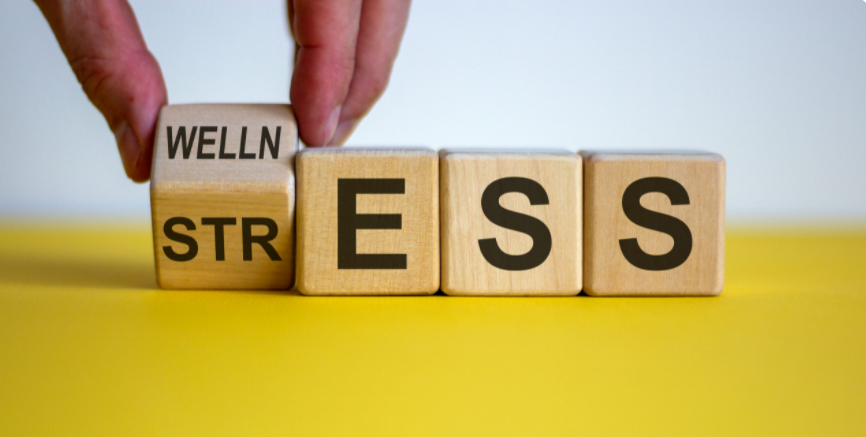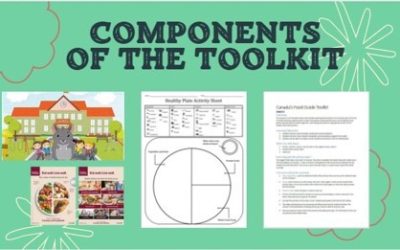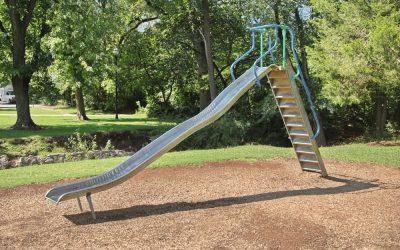*French resource included as attachment
Overview
The following lesson was created in collaboration by the Centre of Excellence for Health and the University of New Brunswick’s Nursing students (Community & Population Health 3068). The lesson was delivered to students in both elementary and middle schools within ASD-W.
This activity is designed to teach the importance of identifying moods and emotions, while equipping children with different methods of coping with stress. Learning to identify, and understand what different emotions are, is the first step in teaching children about stress coping mechanisms, and how to use different coping skills. In this lesson students will watch a seven-minute video about stress in kids and teenagers. When the video is over students will use a conversation starter sheet to discuss what stress is. Next, students will create a feelings journal.
NB Curricular Outcomes
Personal Wellness 3-5
- Strand: Mental Fitness – Big Idea: Mental Health Strategies – Skill Descriptor: Demonstrate self-calming strategies to regulate emotional reactions.
- Strand: Mental Fitness – Big Idea: Positive Mental Health – Skill Descriptor: Explore the importance of talking about emotions and emotional responses.
- Strand: Wellness – Big Idea: Healthy Lifestyle – Skill Descriptor: Explore personal health habits that contribute to wellness.
What you’ll need
- My Feelings and Me Journal – (See Attached)
- Copies of the “Stress Conversation Starters” -(See Attached)
- Pencils and pencil crayons
- Stress Management and Tips for Kids Video https://www.youtube.com/watch?v=3Nf2Pzcketg
Instructions
Step 1: Begin by having a class discussion about what emotions are and how as individuals we deal with them. Have students share in small groups or with the class. Highlight the idea that emotions are how we feel about different things that happen to us or others. It is important to note that emotions should not be identified as ‘bad’ or ‘good’.
Step 2: Watch the YouTube video “Stress Management Tips for Kids and Teens! (7:15)”. This video is part of a series on Social Emotional Learning (SEL). The video discusses what stress is, how it can affect us, and what tools and strategies are available help cope with stress.
Optional:
- Pause video at 1:14 and ask students “What does it mean to be stressed”? Have students give examples of when they are stressed.
- Pause video at 2:27 and ask students “When do you know you are stressed out? What does it look like?”.
- Pause video at 4:03 and have students give methods of coping with stress.
Step 3: Break students into pairs or groups and facilitate a conversation about stress. Using the attached “Stress conversation starters”, have students answer a few in small groups and then, discuss as a class.
Step 4: Introduce students to the “My feelings and Me journal”. Students will write down 5 emotions that they experience regularly. They will then pick five colors that will correspond with each emotion. Ensure you set aside a few minutes each day to complete this. This is a great bell ringer to have when students enter the room every day.
QUESTIONS RELATED TO THE LABOUR MARKET AND EMPLOYMENT OPPORTUNITIES IN NB.
Question: In what jobs is it important to understand and identify different emotions?
Answer: Counsellor, social worker, teacher, nurse, human resource manager, human services, etc..
Reflection Activity
Please see the attached PDF for several choices on how you and your learners can reflect upon today’s activity.
NB Global Competencies




